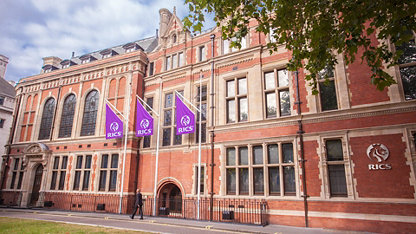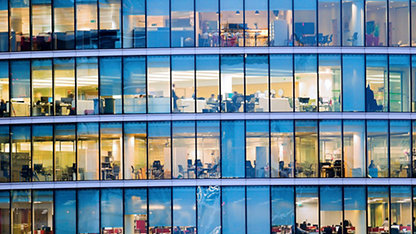Economies around the world are gradually re-opening even where the threat of coronavirus remains. In the second of our series on post-lockdown life, we explore the difficulties of getting people back on the move.
It’s going to be a long process, but in recent weeks the world has started to return to work, with varying degrees of caution, in the face of the ongoing threat from Covid-19. Across Europe, governments have been gradually lifting lockdown measures. In Spain, there were celebrations as some of its bars, hotels and tourist accommodation re-opened. Bundesliga football matches have now resumed in Germany, and in Italy, factories and building sites have been open for some weeks.
The Chinese government, meanwhile, started to gradually reopen the economy in mid-February, opening the retail, industry and service sectors, with various guidelines and restrictions in place. And in the UK, for people who are fit and well and cannot work from home – such as the majority of construction workers – the line from government is now to get back to work provided it can be done safely.
How to keep your distance?
New protocols have been put in place in workplaces around the world but the question still remains as to how exactly people will get to these workplaces. How can a country’s public transport network operate safely? In the UK, social distancing rules specify keeping two metres apart, which means that public transport can operate at just 10% of its capacity. It doesn’t take a genius to work out that the two-metre rule will run into difficulty even if only a small percentage of the nation’s workforce returns to their normal commuting routine.
The Food and Drug Administration in the US also recommends a two-metre distance and certainly the Mass Transit Authority in New York has struggled. Markers have been put down in stations to try to get people to think about keeping their distance, but pictures clearly show that it isn’t happening anything like all the time. As a result, the idea of mandatory bookings for all journeys on the subway and buses has been floated.
One crumb of comfort can be found in the fact that the two-metre rule is pretty arbitrary – the World Health Organisation (WHO) recommendation, after all, is one metre. “The two-metre distance is a fairly random distance and exceeds the WHO recommendation by 100%, says Steve Warburton, head of operations at consultancy TAS Partnership, speaking in a personal capacity. “If the social distancing limit was set to one metre then capacity would be more like 50 per cent, I would think.”
A change of behaviour
The other approach to getting people back to work has been to encourage people and businesses to adapt their behaviour. According to Jorge Beroiz, director at CallisonRTKL, that should include a phased return to the workplace with more flexible hours will help ease public transport usage spikes, but critically it should also involve doing as much as possible to encourage people to walk or cycle.
“Widening pavements and encouraging cycling must also become a priority,” he says. “During lockdown, Paris has created 30 miles of dedicated cycle lanes and has plans for new routes following its three busiest Metro lines – London and other cities can learn from this. Holland embraced cycling in the 1970s because of the oil crisis, which has made them more robust and resilient during the current pandemic.”
Paul Osborne, cycling lead at consultancy Systra, agrees. “Many pavements are less than two metres wide and pedestrians and cyclists are struggling with social distancing,” he says. “Road traffic levels have fallen significantly, so there is an obvious opportunity to share road space more equitably and possibly make these changes permanent. Our research shows that active travel will increase, even after travel restrictions are lifted.”
On the road again
Warburton, however, is sceptical about that last observation. He agrees that cycling has increased significantly during lockdown, but adds that there is the world of difference between getting on a bike for exercise and cycling to and from work every day. “There is a significant difference between recreational cycling and commuting,” he says.
“What we don’t know is how ready people are to share shower facilities after riding to work given concerns about virus transmission. There are also two factors to bear in mind – we’ve had one of the longest sustained runs of dry weather for some time and the vast reduction in other road traffic has made cycling safer – or at least perceived to be safer.”
As a result, Warburton warns that without greater capacity on the public transport network there is a real danger that people will resort to using their cars – with all the negative implications that has for congestion and pollution. That’s what has happened in China, where an Ipsos survey at the end of February detected an increased interest in car ownership and aversion to public transport.
“People have the perception that they are safe in their little metal box,” he says. “They will also be less keen to share their cars in close proximity to others, so there will be an increase in sole occupancy cars. Nobody really knows, but if there is a long-term switch to home working, traffic levels might not increase to where they were, but there is a danger that congestion could be worse than it was pre-Covid-19.”
- Adam Branson












